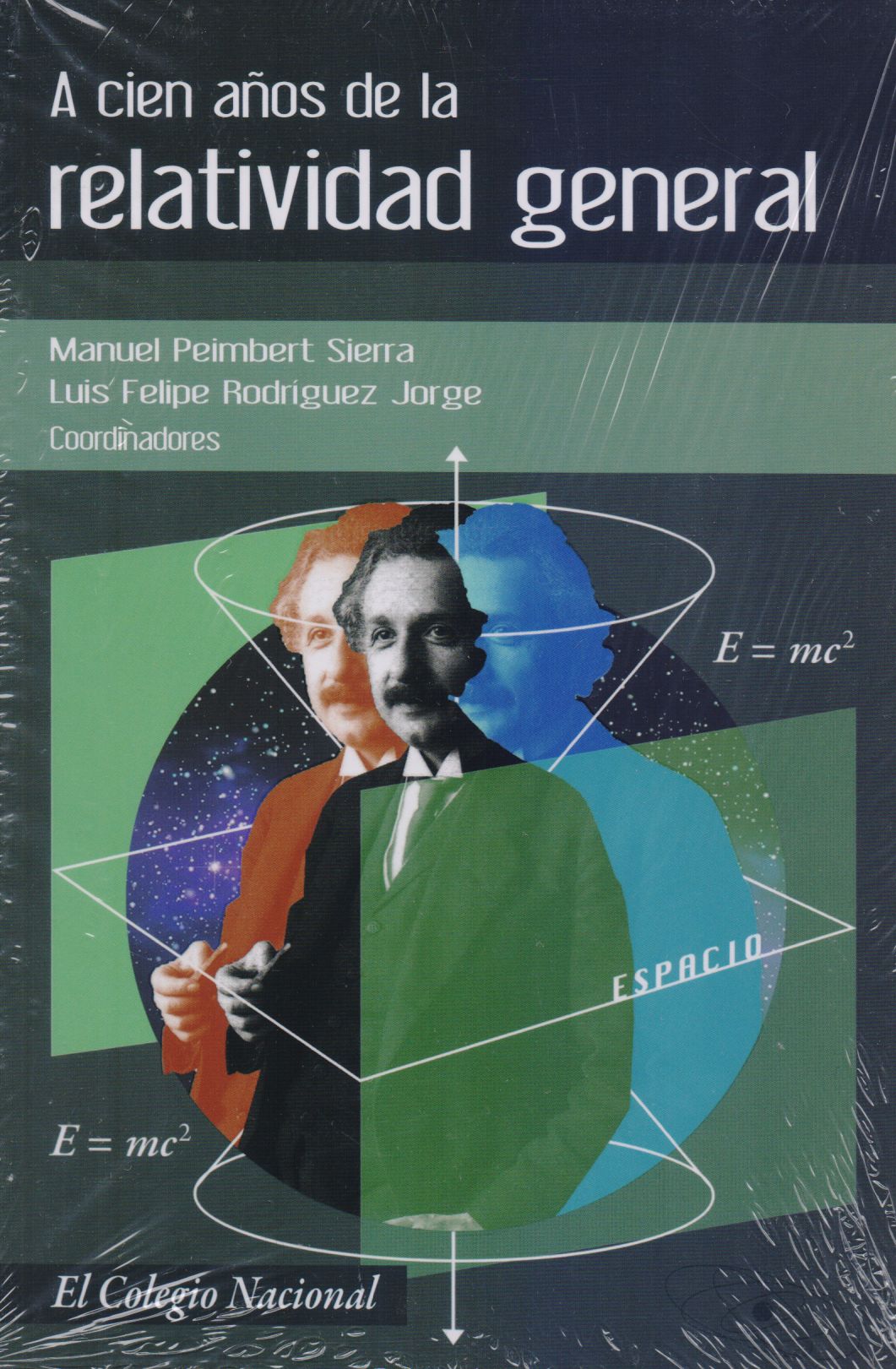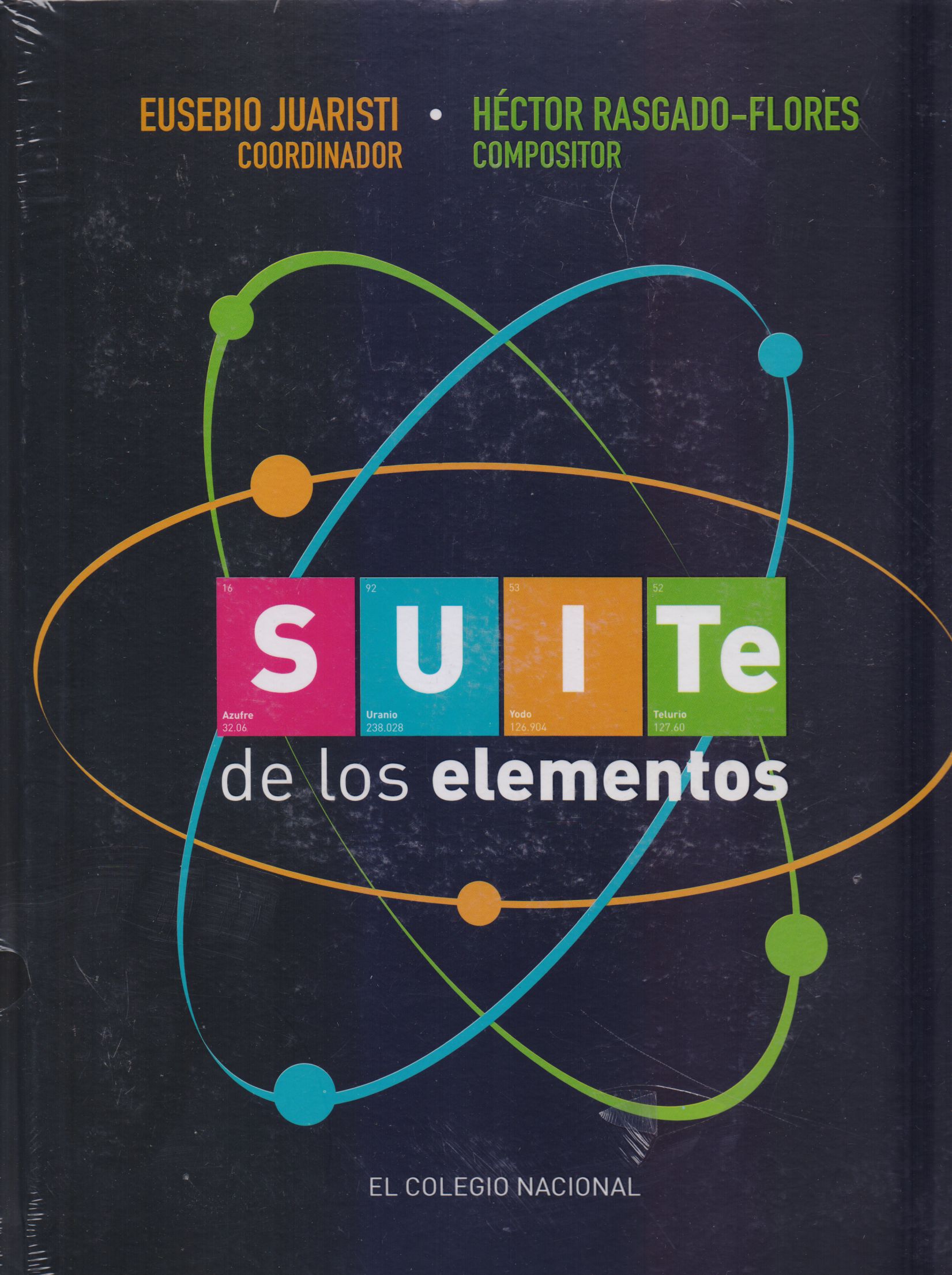Libros relacionados
 |
A Cien Años de la Relatividad General Peimbert Sierra, Manuel / Rodríguez Jorge, Luis Felipe Colegio Nacional |
 |
Génesis de la Desorientación Moderna: una Aproximacióm a la Relación Histórica E Talancón E. , José Luis Universidad Nacional Autonoma de Mexico |


|
Título: A Practical Introduction To The Simulation Of Molecular Systems | |
| Autor: Martin J. Field | Precio: $1928.00 | |
| Editorial: Cambridge University Press | Año: 2007 | |
| Tema: Ciencia, Fisica, Biologia Molecular | Edición: 2ª | |
| Sinopsis | ISBN: 9780521852524 | |
| Molecular simulation is a powerful tool in materials science, physics, chemistry and biomolecular fields. This updated edition provides a pragmatic introduction to a wide range of techniques for the simulation of molecular systems at the atomic level. The first part concentrates on methods for calculating the potential energy of a molecular system, with new chapters on quantum chemical, molecular mechanical and hybrid potential techniques. The second part describes methods examining conformational, dynamical and thermodynamical properties of systems, covering techniques including geometry-optimization, normal-mode analysis, molecular dynamics, and Monte Carlo simulation. Using Python, the second edition includes numerous examples and program modules for each simulation technique, allowing the reader to perform the calculations and appreciate the inherent difficulties involved in each. This is a valuable resource for researchers and graduate students wanting to know how to use atomic-scale molecular simulations. Supplementary material, including the program library and technical information, available through www.cambridge.org/9780521852524.
¦ Covers a wide range of techniques for the simulation of molecular systems at an atomic level ¦ Includes examples and program modules in Python for each simulation technique allowing the reader to attempt the calculations themselves. The accompanying (online) pDynamo library is free and easy to use. ¦ Supplementary material, including the program library, technical information, and solutions to exercises in the book are available through www.cambridge.org/9780521852524 Contents Preface to the second edition; Preface to the first edition; 1. Preliminaries; 2. Chemical models and representations; 3. Coordinates and co-ordinate manipulations; 4. Quantum chemical models; 5. Molecular mechanics; 6. Hybrid potentials; 7. Finding stationary points and reaction paths; 8. Normal mode analysis; 9. Molecular dynamics simulations I; 10. More on non-bonding interactions; 11. Molecular dynamics simulations II; 12. Monte Carlo simulations; Appendix 1 - The pDynamo library; Appendix 2 - Mathematical appendix; Appendix 3 - Solvent boxes and solvated molecules; Bibliography. Reviews Review of the first edition: 'This text straddles the boundary between theory and experiment _ Martin Field's book is aimed at the novice user who is likely to be a graduate student or researcher in computational chemistry or biophysics. The provision of example programs ensures that readers should achieve a reasonable understanding of how simulations are performed and how the programs work _ This book is likely to spend much time sitting next to the mouse by a terminal.' The Times Higher Education Supplement Review of the first edition: ' _ this textbook is presented in an interesting style and is quite readable, even for relative newcomers to this field. It is certainly an appropriate book for the advanced undergraduate or graduate course level, and will be a valuable teaching aid for those presenting this topic. It should be of interest not only to the physical chemist, but also to those involved in computational biophysics, biochemistry or molecular physics.' Scientific Computing World Review of the first edition: 'The book is a good introduction to simulation. It is suitable for university course work, including computer practicals _ as well as for training company employees new to molecular simulation.' Florian Müller-Plathe, Angewandte Chemie Review of the first edition: 'The book should be particularly useful to all active practitioners in molecular simulation techniques, chiefly graduate students and researchers in universities and industry _ this book is a valuable addition to my shelf and one that I must make sure doesn't disappear because my research group has taken off with it!' Neil L. Allan, Chemistry and Industry |
||
Librería Bonilla SA de CV © Todos los derechos reservados. 2019
Última actualización: Jul 2019






